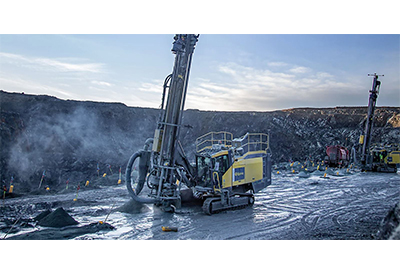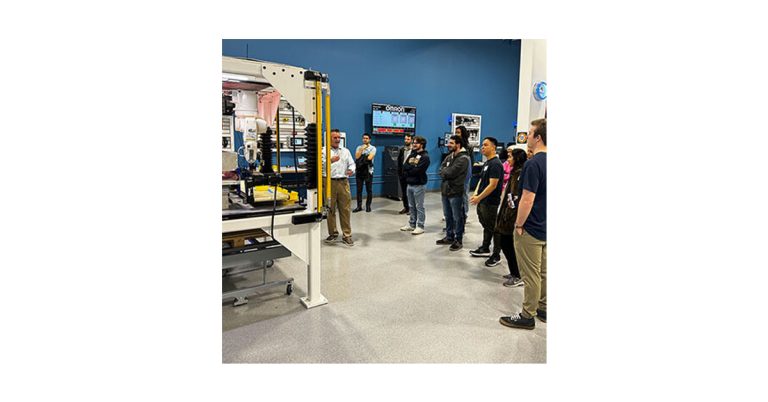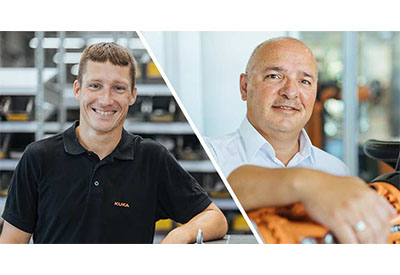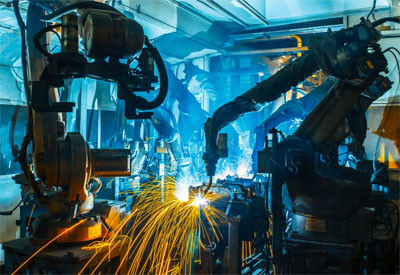Customers Prefer Robots to Be Human-Like in Service Interactions

January 18, 2021
Customers prefer robots to have human-like characteristics in service interactions such as banking, hotel reception, and information provision, according to new research from Durham University Business School. The research also found that customers prefer robots to have a human voice, show emotions, and physically embody a human not a robot.
The research found that customers find it easier to interact with robots who appear human-like as they are able to apply the familiar social rules and expectations of human–human interactions.
This study, conducted by Markus Blut, Professor in Marketing and International Business at Durham Business School, alongside colleagues from International Business School Suzhou, Paderborn University and the University of Rostock, used a dataset of 11,053 individuals interacting with service robots, from previous pieces of research studies.
Using this dataset, the researchers developed a comprehensive model to investigate relationships between anthropomorphism – the attribution of human characteristics or behaviour to an object – and its consequences on customer interactions.
Whilst the robot’s characteristics (e.g., intelligence) and functional characteristics (e.g., usefulness) are identified as important mediators to measure the want for customers to use them, relational characteristics (e.g., rapport) were also used, but received less support as mediators.
Professor Blut says, “When a robot is perceived to be human-like it can better ease and facilitate human–robot interactions. During a human–robot interaction where the robot is human-like, people can easily apply the social scripts and expectations of a human– human interaction, thus, they tend to find the robot more controllable and predictable and the interaction easier and more familiar. If people feel as though they are comfortable and at ease with a robot, their chances of using the service increase.”
The researchers also examined the impact of customer traits, such as computer anxiety and technology competence, sociodemographics (e.g., gender, age etc.), and robot design features (e.g., physical, nonphysical) on anthropomorphism perception.
The researchers interestingly found a number of customer characteristics that correlated with the likelihood of anthropomorphizing a customer service robot. People’s competence with technology, computer anxiety and general negative attitudes towards robots in daily life all correlated the likelihood to perceive a service robot as humanlike. Whilst a customer’s age, gender and experience with previous robots also had a significant effect.
Professor Blut says, “Many companies have found that anthropomorphism can be used to increase product and brand liking in marketing, but in service robots it has been unclear whether it enhances customers’ experiences or not. However, our research shows the perception of humanlike qualities in service robots can facilitate engagement with customers, as it incorporates the underlying principles and expectations people use in social settings in a person’s interaction with social robots”.
The findings of the research have serious implications for firms intending to employ service robots on the front line, highlighting the potential consequences of employing humanlike versus machinelike robots in service firms. Firms can also the findings to assess whether their own customer base is ready for robot service, and which humanlike robots, and their features, to choose when offering services to customers.
The research paper was published in the Journal of the Academy of Marketing Science, and can be viewed via this link: https://link.springer.com/epdf/10.1007/s11747-020-00762-y.
















